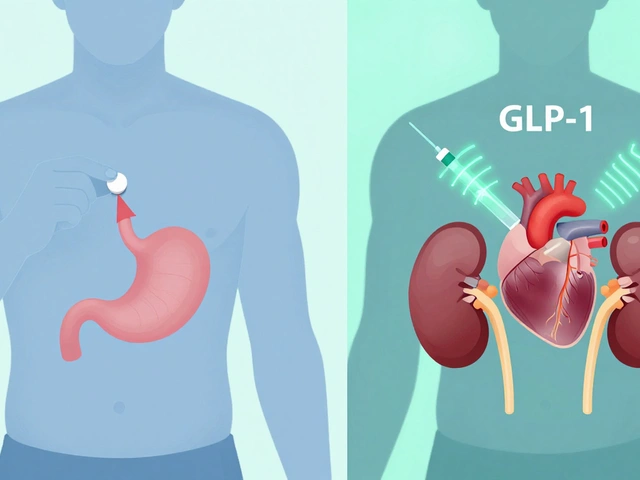What Happens 2 Weeks Before Death? Real Signs and Simple Tips
If you’re wondering what the last two weeks look like for someone who’s dying, you’re not alone. Most people notice a few clear changes as the body starts to shut down. Knowing these signs can make the time less scary and help you give better care.
Physical changes you’ll likely see
In the final fortnight the body slows down a lot. Breathing often becomes irregular – short pauses followed by a quick gasp, called Cheyne‑Stokes breathing. You might notice the skin turning a bluish or grayish shade, especially on the lips and fingertips. This happens because the heart isn’t pumping oxygen as well.
Food and drink lose their appeal. The person may stop eating or drinking altogether, and that’s normal. Their kidneys start to work less, so urine may become darker and less frequent. You might also see swelling in the legs or abdomen as fluid builds up.
Muscles become weaker. Even simple movements like sitting up can feel exhausting. Some people become very sleepy, slipping in and out of consciousness. This isn’t a sign of a new problem – it’s just the body conserving energy.
Emotional and mental shifts
Along with the physical signs, emotions can change quickly. Some people become calm and accepting, while others may feel restless or scared. It’s common to hear people talk about unfinished business, say goodbye, or reminisce about happy memories.
Confusion or agitation can also appear, especially if the brain isn’t getting enough oxygen. If this happens, talk softly, keep the room quiet, and hold their hand if they’re comfortable. Simple reassurance often eases anxiety.
Family members often feel a mix of grief, guilt, and relief. It’s okay to feel all of these at once. Give yourself permission to cry, laugh, or just sit in silence. Being present is the best gift you can give.
Practical care tips for the last two weeks
Focus on comfort, not cure. Keep the room at a comfortable temperature, use soft lighting, and minimize loud noises. Offer small sips of water or favorite drinks if they’re still thirsty, but don’t force anything.
Manage pain with prescribed medication. If you’re unsure about dosing, call the doctor or hospice nurse – they can guide you quickly. Keep a notebook of any new symptoms, medication times, and what seems to help.Keep personal items close – a cherished photo, a favorite blanket, or a piece of music they love. These tiny comforts can bring huge peace.
Don’t ignore your own needs. Take short breaks, eat regular meals, and ask other family members for help. A rested caregiver is more patient and attentive.
When to call a professional
If breathing becomes extremely labored, if the skin turns a deep, mottled purple, or if there’s sudden bleeding, contact a nurse or doctor right away. These could be signs that extra medical support is needed.
Hospice teams are there to help 24/7. They can answer questions about medication, provide emotional support, and guide you through the final days.
Remember, each person’s journey is unique. Some may show many of these signs, others only a few. The key is to stay observant, be gentle, and trust your instincts. The last two weeks can be tough, but with the right knowledge and support, you can make them as peaceful as possible.

Signs Two Weeks Before Death: What to Expect and How to Prepare
Wondering what happens two weeks before death? Recognize physical and emotional changes, how to comfort loved ones, and ways to face this difficult phase together.




